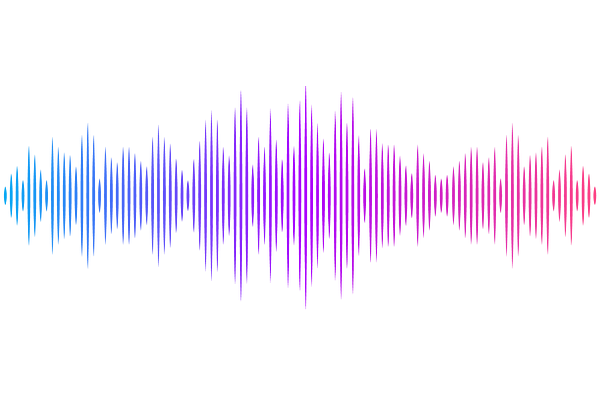Mechanical Implications of Cellular Viscoelasticity, Cortex Polarity, Superelasticity, and Cell-Cell Junctions in Curved Tissues

Mechanical Implications of Cellular Viscoelasticity, Cortex Polarity, Superelasticity, and Cell-Cell Junctions in Curved Tissues
Perez-Tirado, A.; Unkelbach, U.; Oswald, T. A.; Rheinlaender, J.; Schaeffer, T. E.; Mukenhirn, M.; Honigmann, A.; Janshoff, A.
AbstractInvestigations of the response of curved epithelia derived from MDCK-II cells to external deformation involved indentation-relaxation experiments using colloidal probe microscopy. Notably, hemicysts exhibited lower tissue tension, greater compliance, and increased fluidity compared to cysts. The primary response to deformation turned out to be the in-plane expansion of the basal cortex/membrane of cells. Additionally, drug treatments applied to curved tissue, along with deformation of tailored mutants (such as E-cadherin knockout), revealed that tissue compliance over short time scales is influenced by an interplay of viscoelastic properties in individual cells, their apical-basal polarity, superelasticity of the shell, and excess interfacial area. Meanwhile, tissue resilience predominantly depends on the integrity of cell-cell contacts.